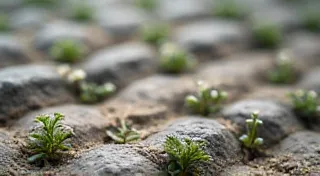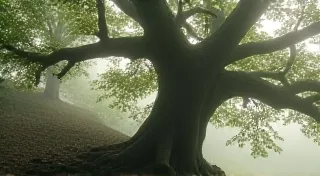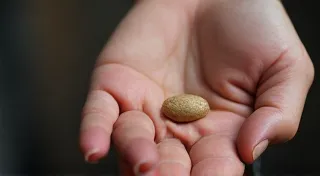The Cartomancer’s Herbs: Plant Divination and Healing Beliefs
The scent of aged paper, a wisp of dried lavender, the faint echo of a Parisian cafe… these are the sensations that flood my mind when I think of old cartomancy decks and the herbs intertwined with their history. It's a world far removed from the sterile, digital readings of today, a realm where botanical knowledge and spiritual practice were seamlessly interwoven. My grandfather, a retired clockmaker with an uncanny knack for uncovering forgotten stories, first ignited my fascination with this connection. He’s the one who showed me a crumbling, hand-illustrated book detailing not only card meanings, but meticulous notes on the herbs believed to amplify their power. He’s gone now, but the image of him, meticulously cleaning a tiny brass gear with his pocketknife, and then tracing a finger across a faded illustration of chamomile, remains vivid.
The history of cartomancy, like the roots of many ancient practices, is murky, blending folklore, ritual, and the slow, patient accumulation of human experience. While playing cards as we know them originated in 15th-century Europe, the practice of divining meaning from them seems to have sprung from an earlier, more primal source. The cards themselves, with their symbolic imagery of courtly life, nature, and archetypal characters, became canvases onto which people projected their hopes, fears, and interpretations of the unseen world. Crucially, this interpretation wasn't purely intellectual; it was profoundly linked to the natural world, and particularly, to plants.
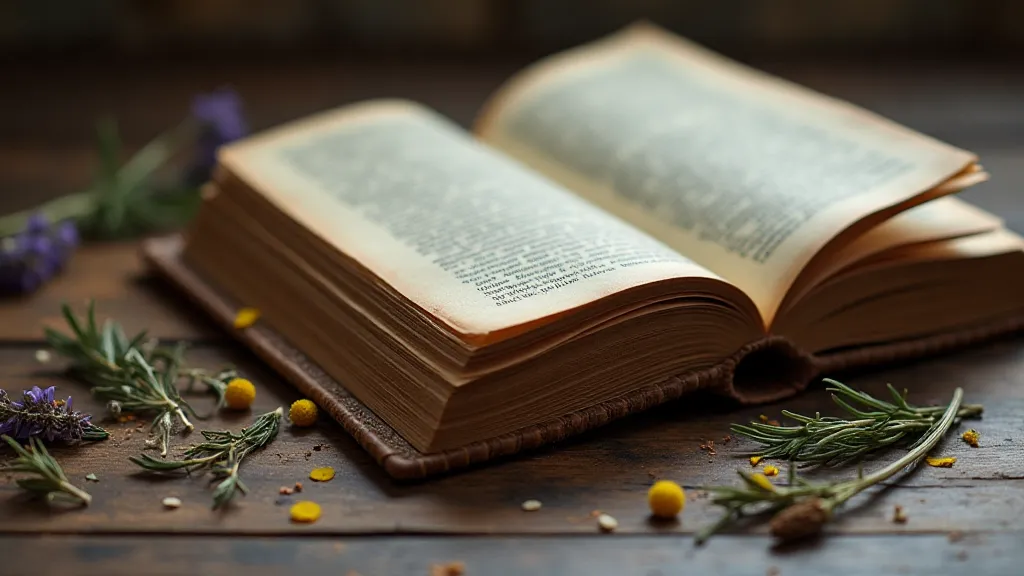
The Botany of Prophecy
Why herbs? The answer lies in the deeply ingrained belief that plants possess inherent power. Long before standardized medicine, people relied on the healing properties of herbs, not just for physical ailments, but also to influence their emotional state, enhance intuition, and connect with the spiritual realm. Each herb was associated with specific qualities – rosemary for memory and clarity, lavender for peace and intuition, mugwort for dreams and psychic ability. Cartomancers weren't just reading cards; they were conducting a ritual, layering symbolism with the energetic properties of these plants to enhance the reading and its perceived accuracy. For instance, a reading focused on career advancement might be accompanied by the burning of bay laurel, believed to bring success and recognition. A reading about relationships might incorporate rose petals, symbolizing love and connection.
Consider the significance of chamomile. Its delicate fragrance is undeniably calming, capable of easing anxiety and promoting restful sleep. In cartomancy, chamomile was often used in readings concerning family matters or issues requiring gentle resolution. The plant’s ability to soothe and clarify the mind was thought to mirror its ability to illuminate difficult situations. Similarly, the intense aroma of rosemary wasn’t just appreciated for its stimulating effect; it was also linked to memory and insight, making it ideal for readings focused on uncovering hidden truths or recalling forgotten details. The traditions surrounding herbs extended far beyond simple remedies, deeply embedded in folk beliefs and passed down through generations – a rich tapestry explored further in pieces dedicated to lost herbal traditions and their revival.
Craftsmanship and the Herb's Influence
The connection between herbs and cartomancy wasn’t limited to mere association; it influenced the very creation of the decks themselves. Many traditional decks were handcrafted, with artists meticulously illustrating each card. These artisans, often drawing upon ancient folklore and botanical knowledge, would sometimes incorporate subtle representations of herbs within the card designs. A card depicting a queen might be subtly adorned with a sprig of lavender, or a card showing a court scene might feature a potted rosemary plant in the corner. These weren't accidental details; they were deliberate inclusions, designed to imbue the deck with added power and meaning.
My grandfather had a particular fondness for decks printed in Lyon, France, during the 18th century. These decks, renowned for their intricate detail and vibrant colors, often featured remarkably accurate depictions of botanical specimens. He’d spend hours examining them under a magnifying glass, pointing out the meticulous rendering of each petal and leaf. He would say, “You can almost feel the gardener’s hands in the printing process, a connection to the earth that’s been lost in modern mass production.” He saw the creation of these decks as an act of devotion, a marriage of artistic skill and botanical reverence. The painstaking process of creating a deck, combined with the symbolic power of the herbs associated with it, elevated the cards to the status of sacred objects. The importance of these botanical depictions underlines a broader concern with preserving botanical heritage, something often overlooked in our modern world - a perspective beautifully captured in discussions about the seed keeper’s legacy.
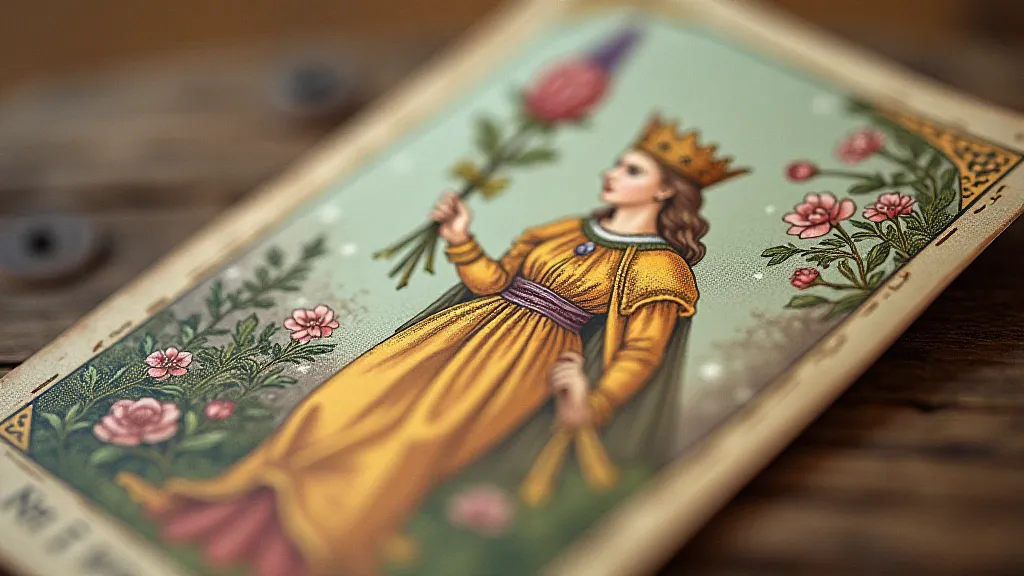
The Language of Plants and Symbolism
Beyond their practical applications, herbs served as powerful symbols, each carrying layers of meaning accumulated through centuries of folklore and observation. For instance, the very act of tending a garden – nurturing life, understanding cycles of growth and decay – mirrored the diviner’s role in interpreting the currents of fate. Rosemary, with its fragrance evoking memories and clarity, resonated with the pursuit of truth. Lavender, calming and serene, fostered intuition and peaceful reflection. Even the colors of the herbs – the vibrant green of new growth, the deep purple of mature blossoms – added depth and nuance to the readings.
My grandfather would often tell stories, passed down from his own grandmother, illustrating the delicate interconnectedness of plants, people, and the unseen forces shaping our lives. These were not just tales of herbal remedies; they were narratives woven with the wisdom of generations, reflecting a deep respect for the natural world. These types of stories, reflecting the rich symbolism woven into botanical lore, are just one facet of a deeper exploration of the language of flowers and folklores. He believed that truly understanding a herb meant understanding its entire history, its cultural significance, and its place within the web of life.
The Restoration of Belief
The decline of this integrated practice mirrors the wider shift towards a more rational, scientific worldview. As medicine became more standardized and divination fell out of favor, the connection between herbs and cartomancy began to fade. However, there’s been a resurgence of interest in traditional practices in recent years, fueled by a desire for a more holistic approach to wellbeing and a yearning for connection to the wisdom of our ancestors. Collectors of antique cartomancy decks now often seek out decks that retain traces of this botanical heritage, recognizing the value of these subtle details as a testament to the original intention of the deck’s creators.
Restoring an antique deck isn’s just about repairing physical damage; it’s about preserving a legacy. It’s about understanding the context in which the deck was created and appreciating the significance of the herbs associated with it. My grandfather taught me how to gently clean the cards, using only natural materials and a soft touch. He’s also imparted the importance of respecting the deck's history, acknowledging the hands that created it and the beliefs that shaped its meaning. The act of restoration became a form of meditation, a way to connect with the past and honor the wisdom of those who came before. The complex relationship between plants and the collective consciousness— the very essence of intuition and interconnectedness— is increasingly recognized as a vital component of holistic practices.
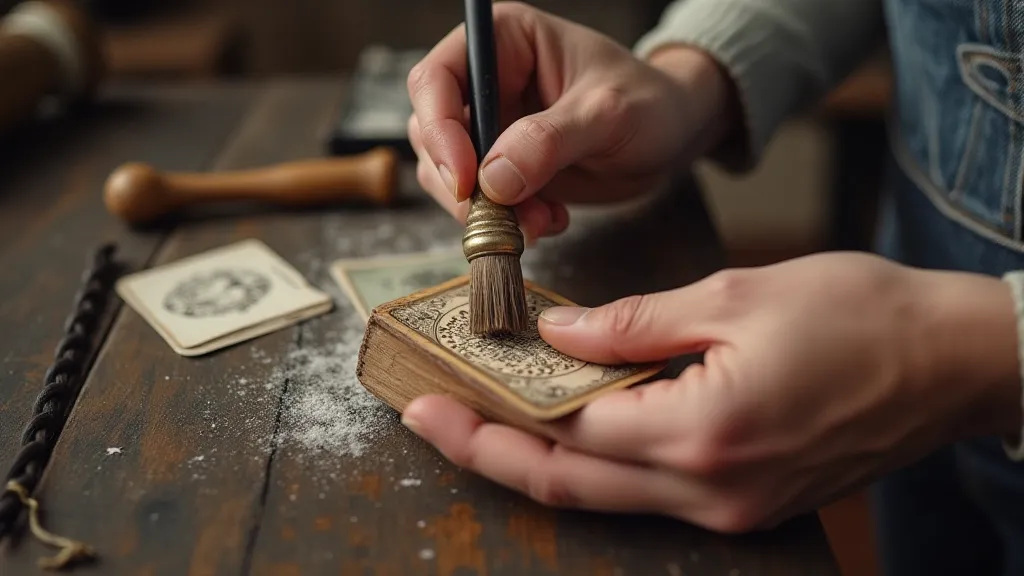
The connection between humans and nature extends beyond simple observation. It’s a symbiotic relationship, where each benefits from the other’s existence. This concept is powerfully illustrated by mycorrhizae, the intricate network of fungal relationships with plant roots, facilitating communication and nutrient exchange. Some might even argue that this fungal network mirrors the very network of knowledge and spiritual connection woven into cartomancy itself - a notion elegantly explored in a fascinating analysis of symbiotic whispers and the collective intelligence of herbs.
The Cartomancer’s Herbs aren’t merely ingredients in a forgotten ritual; they are a testament to the profound interconnectedness of humanity, nature, and the pursuit of understanding. The scent of lavender still transports me back to my grandfather’s workshop, a place where the past felt remarkably present, and the whispers of ancient wisdom could still be heard in the rustling of the cards. And in those moments, I can almost feel the gardener’s hands, the artist’s brush, and the diviner’s intuition, all intertwined in the enduring magic of the herbs.
